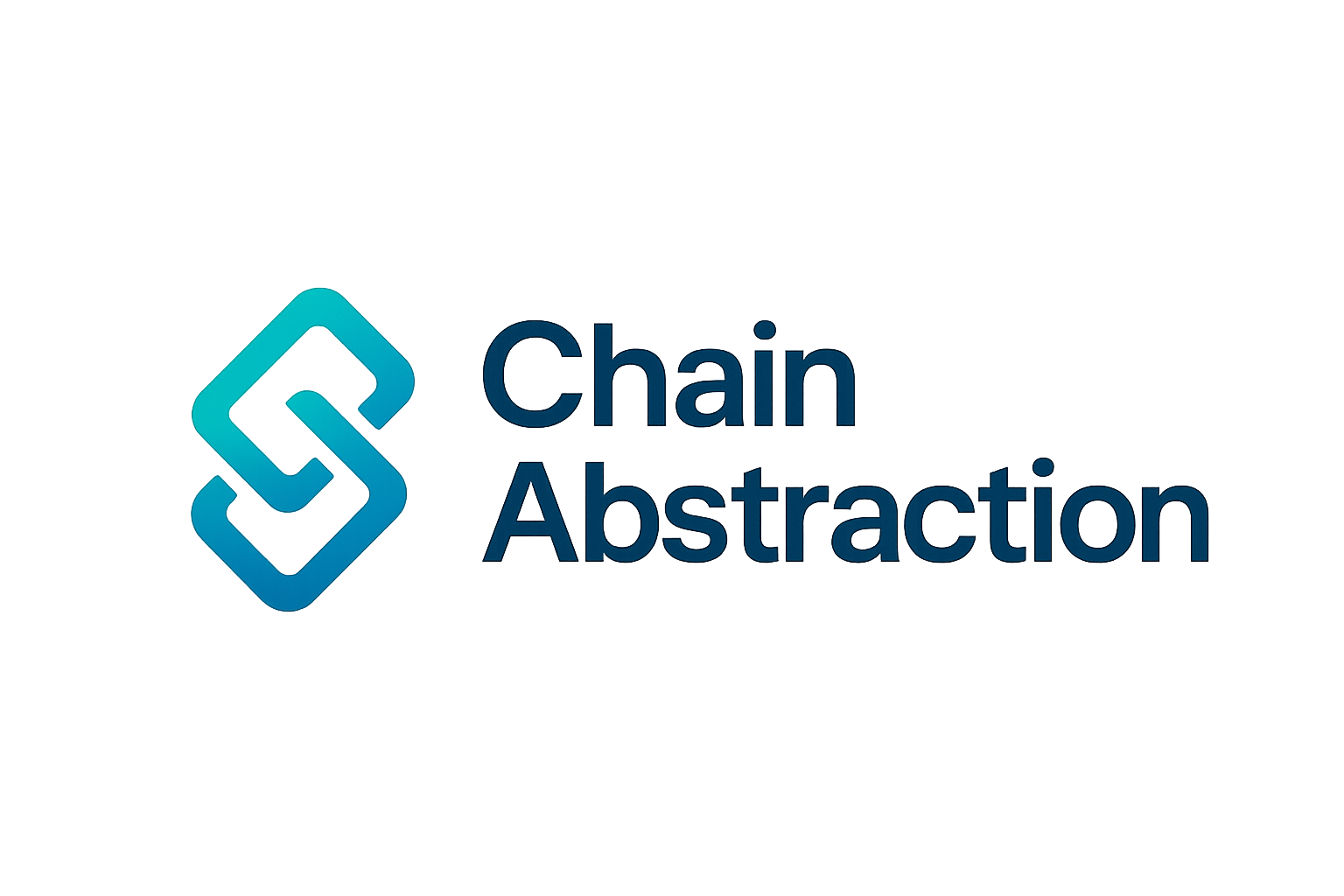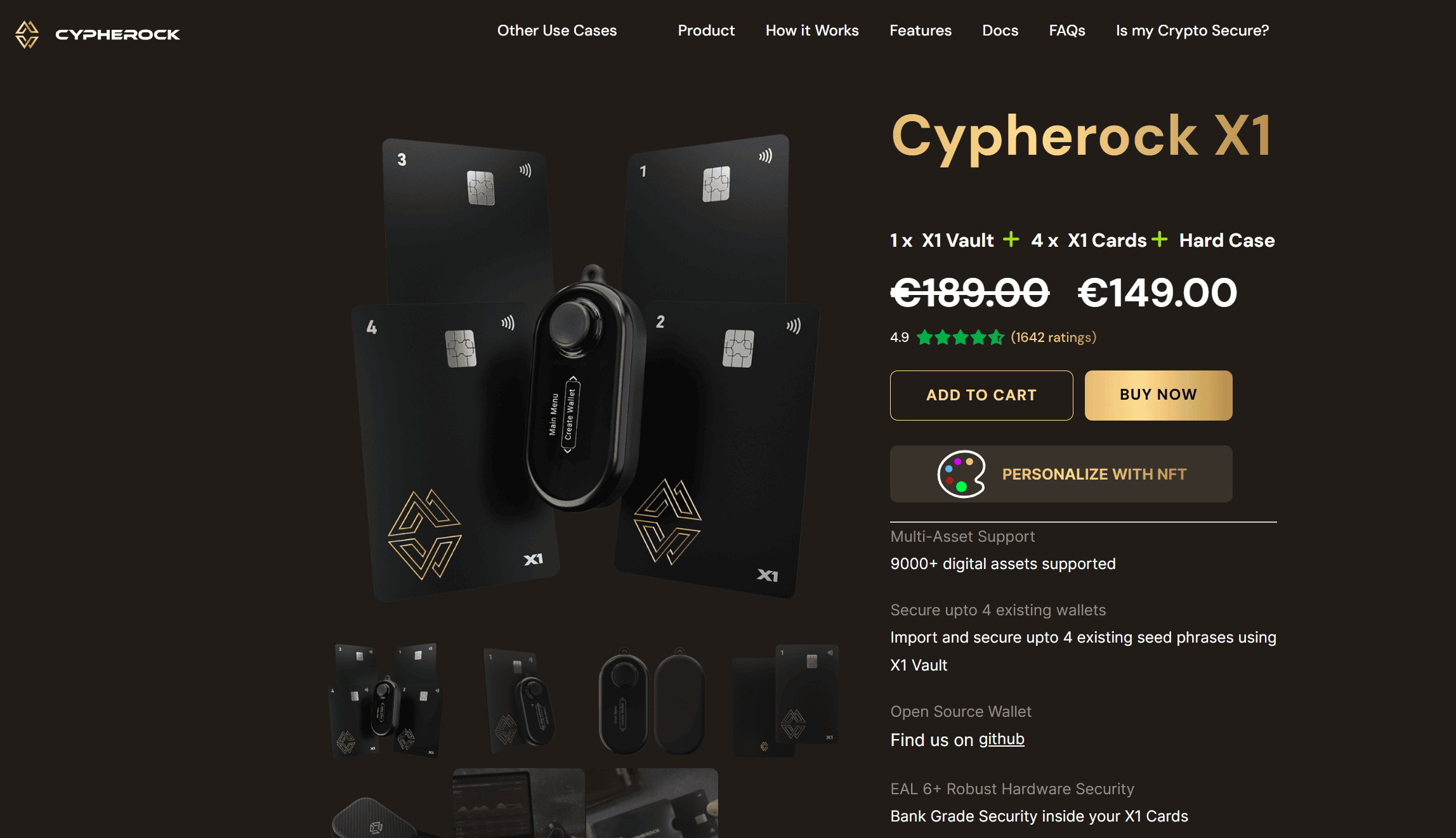
Unified crypto wallets are quietly reshaping the decentralized finance (DeFi) landscape, advancing us toward a world where the boundaries between blockchains dissolve into the background. For years, DeFi users have faced a fragmented experience: asset management, token swaps, and dApp interactions required juggling multiple wallets, navigating complex bridges, and constant network switching. But in 2025, a new breed of wallets is changing the game, delivering seamless cross-chain swap UX and setting a new standard for chain abstraction.
The End of Blockchain Silos: How Unified Wallets are Redefining DeFi UX
Until recently, the promise of a multi-chain future was hamstrung by poor user experience. Each blockchain ecosystem, Ethereum, Solana, BNB Chain, Polkadot, demanded separate wallets and workflows. Swapping assets across chains meant trusting third-party bridges, risking security, and paying high fees. The result? Friction, fragmentation, and a user journey that felt anything but decentralized.
Unified crypto wallets are designed to solve these challenges at the root. By integrating support for dozens of blockchains into a single, intuitive interface, they abstract away the technical hurdles and make cross-chain transactions as simple as a single click. Whether you’re a DeFi power user or a crypto newcomer, this unified approach means you can manage assets, swap tokens, and interact with dApps across networks without ever leaving your wallet.

Key Innovations Powering Seamless Cross-Chain Transactions
What makes these wallets possible? The answer is a convergence of technical breakthroughs and bold product design. Here are the core innovations driving the new wave of multi-chain wallet solutions:
Key Innovations in Unified Crypto Wallets for Cross-Chain Swaps
-

Crypto.com DeFi Wallet: Introduced in December 2023, this wallet enables seamless cross-chain token swaps powered by Stargate and LayerZero technology. Users can swap assets across seven EVM-compatible chains, including Ethereum, Avalanche, and Binance Smart Chain, all within a single interface.
-
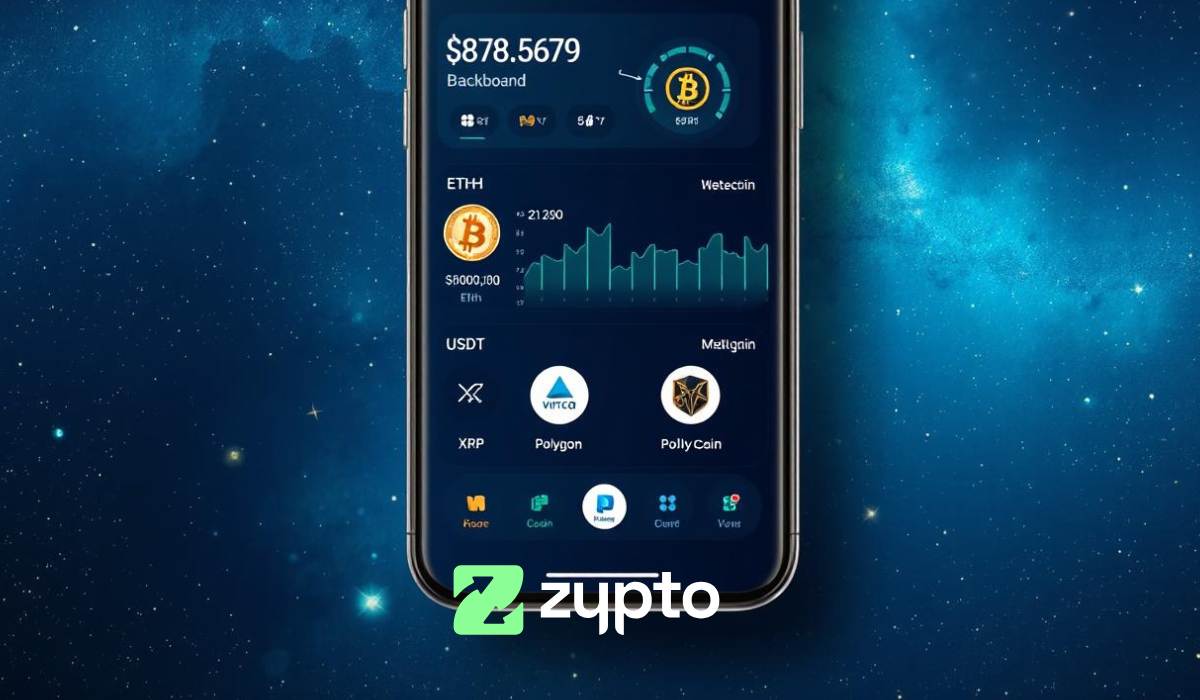
Zypto App: Zypto offers native cross-chain functionality, supporting swaps of over 24,000 tokens across more than 20 blockchains such as Ethereum, Solana, and Tron. The app eliminates the need for external bridges or network switching, streamlining the user experience.
-

PancakeSwap: In June 2025, PancakeSwap launched one-click cross-chain swaps using Across Protocol. Users can now swap assets across BNB Chain, Arbitrum, and Base without relying on complex blockchain bridges or third-party infrastructure.
-
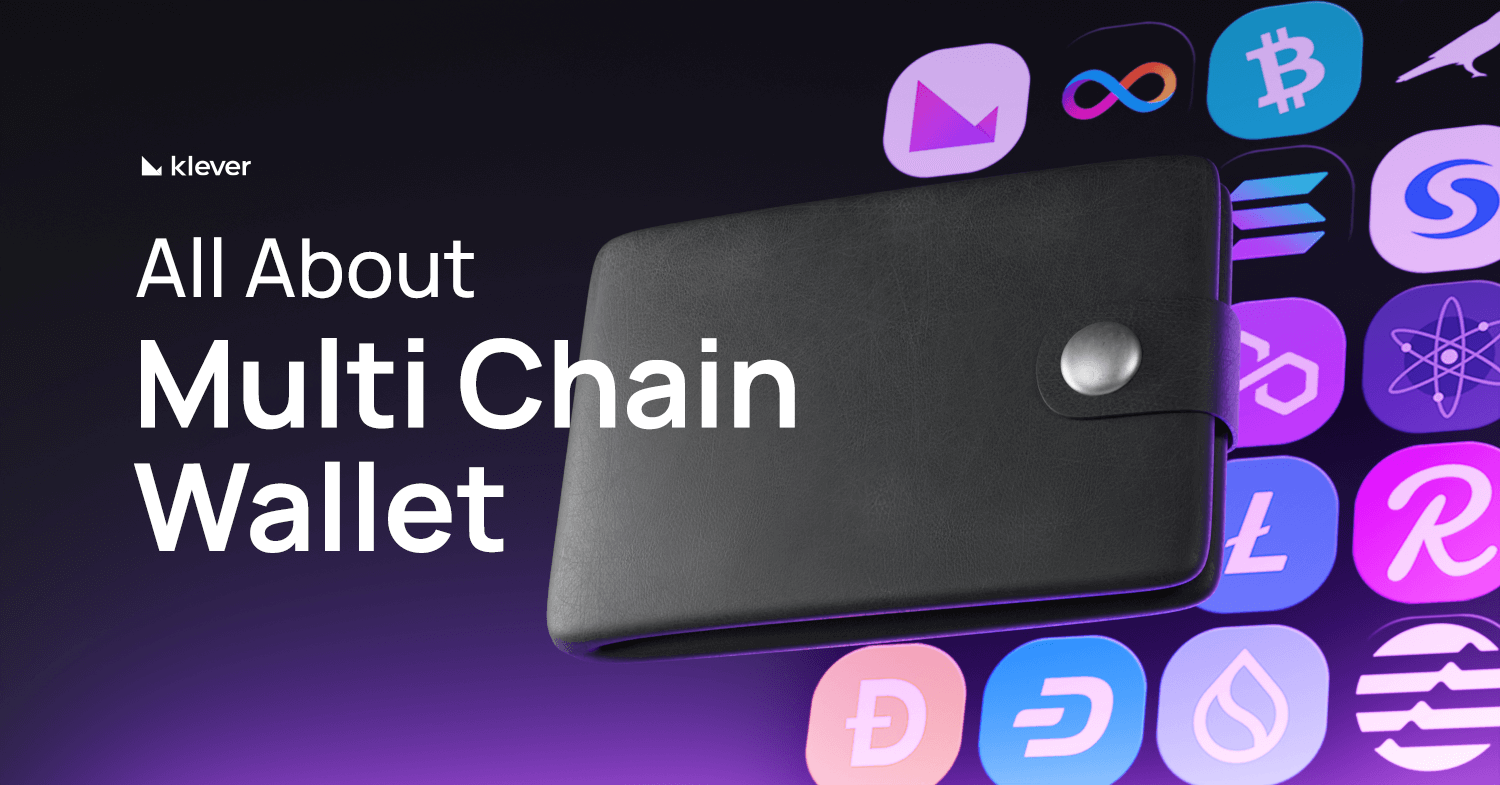
PUM Exchange: Launched in July 2025, PUM Exchange’s unified multi-chain wallet supports 30+ blockchains, including Ethereum, BNB Chain, and Solana. It integrates cross-chain asset management, on-chain swapping, and bridging in a single, secure interface.
-
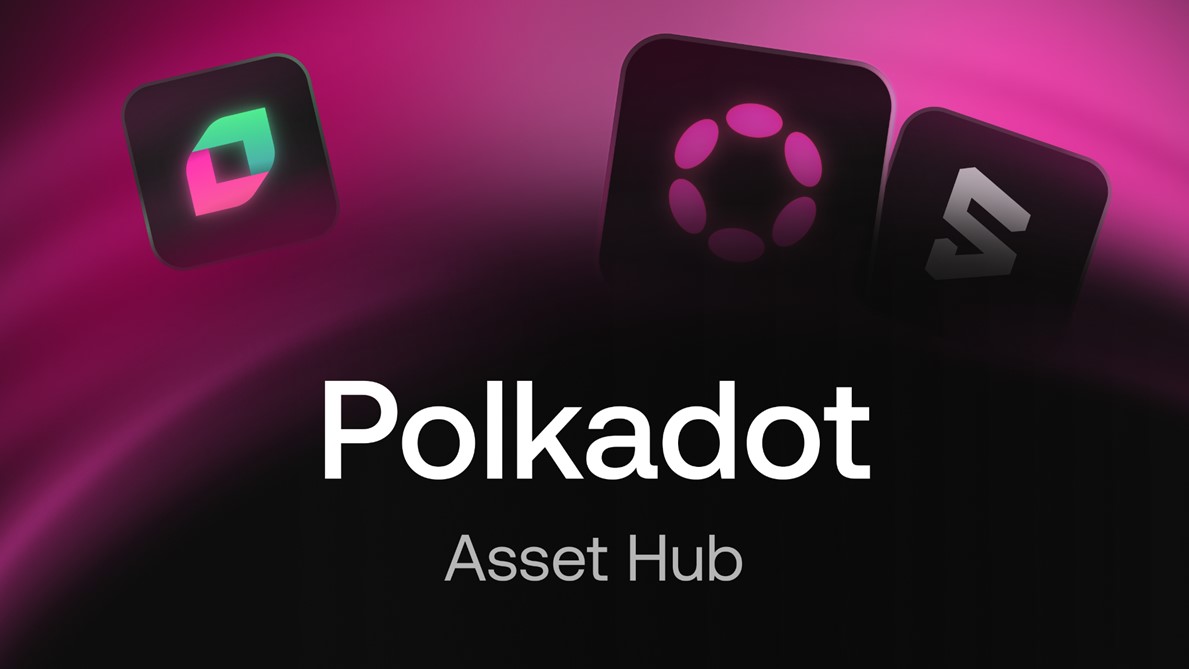
Chainflip: In July 2025, Chainflip integrated Polkadot’s Asset Hub, enabling one-click cross-chain swaps between Polkadot-native assets and major cryptocurrencies like Bitcoin and Ethereum. This enhances liquidity and simplifies cross-chain transactions for users.
1. Native Cross-Chain Swapping: Platforms like Zypto and Chainflip have implemented direct, on-chain swaps across 20 and blockchains, including Ethereum, Solana, and Tron. This eliminates the need for external bridges or manual network switching, letting users swap over 24,000 tokens natively.
2. Integrated Smart Routing: Advanced routing algorithms optimize transaction paths across networks, minimizing gas fees and improving speed. For example, PancakeSwap leverages Across Protocol to enable one-click swaps between BNB Chain, Arbitrum, and Base, no third-party bridges required.
3. Security by Design: Unified wallets reduce attack surfaces by consolidating asset management and swap functionality, lowering reliance on external bridges that have historically been a source of exploits. Non-custodial models, as seen in Zelcore and PUM Exchange, further empower users with true asset ownership.
4. Expanding Interoperability: With integrations like Chainflip’s support for Polkadot’s Asset Hub, users can now swap native DOT assets directly with Bitcoin and Ethereum, unlocking new liquidity and composability across ecosystems.
“The future of DeFi is not just multi-chain, it’s chain-abstracted. Unified crypto wallets are the on-ramp to this future, making cross-chain swaps as seamless as sending an email. “
Real-World Progress: Who’s Leading the Unified Wallet Revolution?
Several projects are pushing the boundaries of what’s possible in cross-chain DeFi user experience. Here’s a snapshot of the most impactful developments in 2025:
- Crypto. com DeFi Wallet: Rolled out cross-chain swaps powered by Stargate/LayerZero for seven EVM-compatible chains, letting users swap assets without leaving the app.
- Zypto App: Supports over 20 blockchains and 24,000 tokens, all accessible through a single interface, no bridges or network toggling required.
- PancakeSwap: Launched one-click cross-chain swaps via Across Protocol, simplifying DeFi UX across BNB Chain, Arbitrum, and Base.
- PUM Exchange: Introduced a unified wallet supporting over 30 blockchains, combining asset management, on-chain swapping, and bridging.
- Chainflip: Enabled one-click swaps between Polkadot-native assets and major cryptocurrencies, deepening interoperability.
The impact is unmistakable: users now enjoy simplified asset management, enhanced security, and cost efficiency. The days of fragmented DeFi UX are numbered. For a deeper dive into how these solutions transform asset management, explore how unified wallets simplify cross-chain asset management for DeFi users.
The pace of innovation in unified crypto wallet technology is accelerating, and the competitive landscape is expanding rapidly. As more users demand frictionless cross-chain swap UX, wallet providers are racing to integrate new protocols, expand blockchain support, and refine their interfaces. The result is a virtuous cycle of usability and security gains, pushing DeFi closer to mainstream adoption.
What’s Next: The Future of Chain Abstraction UX
Looking ahead, the evolution of chain abstraction UX will be defined by two major forces: deeper interoperability and invisible complexity. The best unified crypto wallets will make blockchain interactions so seamless that users won’t need to know – or care – which chain they’re using. This is already visible in projects like Uniswap, which now integrates Solana swaps directly into its web app, and in cross-chain AMMs like Chainflip that make trustless cross-chain swaps feel native.
But the real breakthrough will come when these wallets offer not just swaps and transfers, but unified access to staking, lending, NFTs, and complex DeFi strategies across chains. Imagine deploying capital across Ethereum, Solana, and Polkadot with a single click, or tracking your portfolio performance without ever thinking about network boundaries. This is the logical endpoint of chain abstraction: a universal interface for decentralized finance.
Top Features Users Want in Unified Crypto Wallets
-
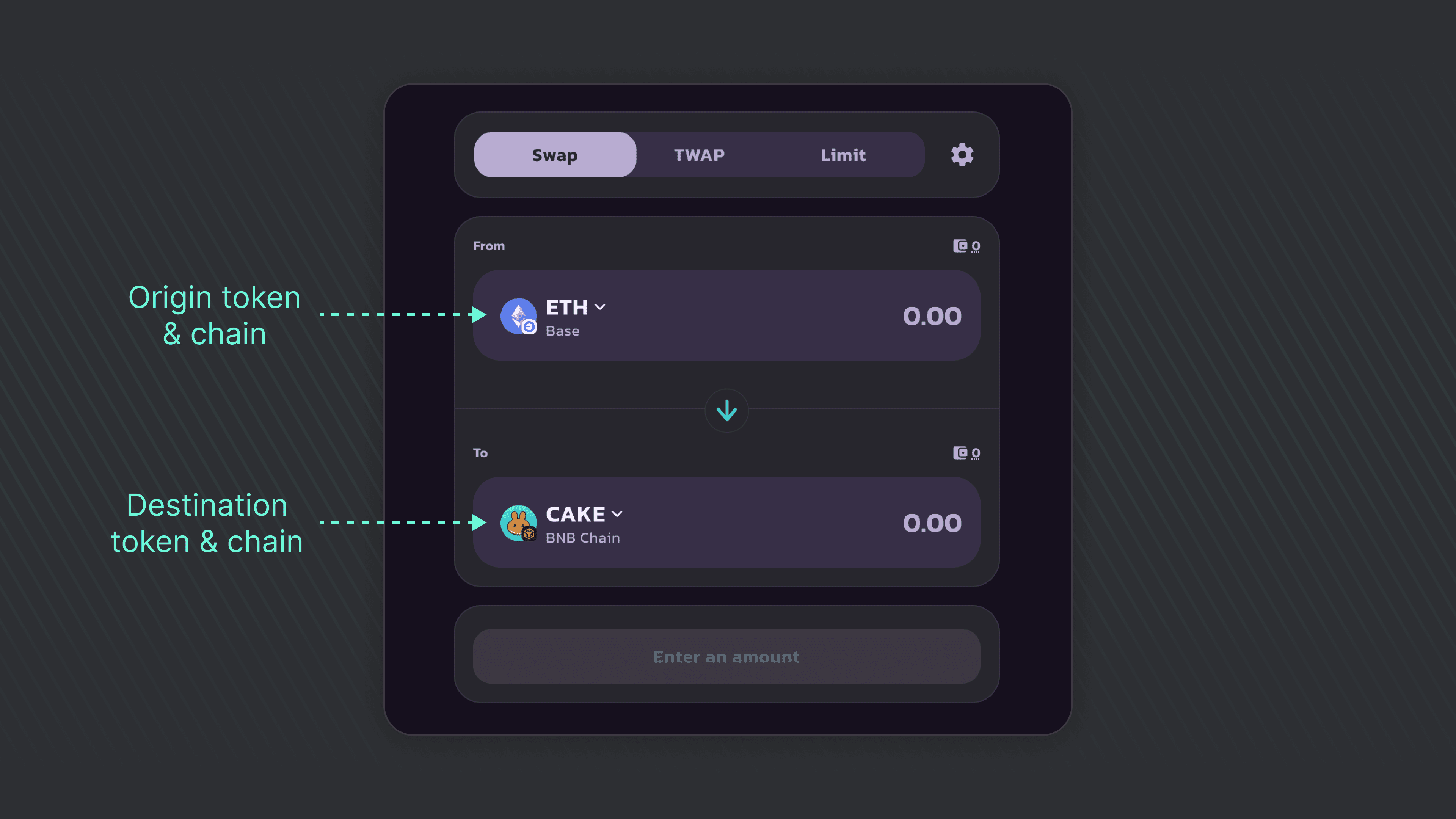
Seamless Cross-Chain Swaps: Users expect the ability to swap tokens across multiple blockchains—such as Ethereum, BNB Chain, Solana, and more—directly within the wallet, without relying on external bridges. Solutions like Zypto and Crypto.com DeFi Wallet are leading with integrated cross-chain swap features.
-
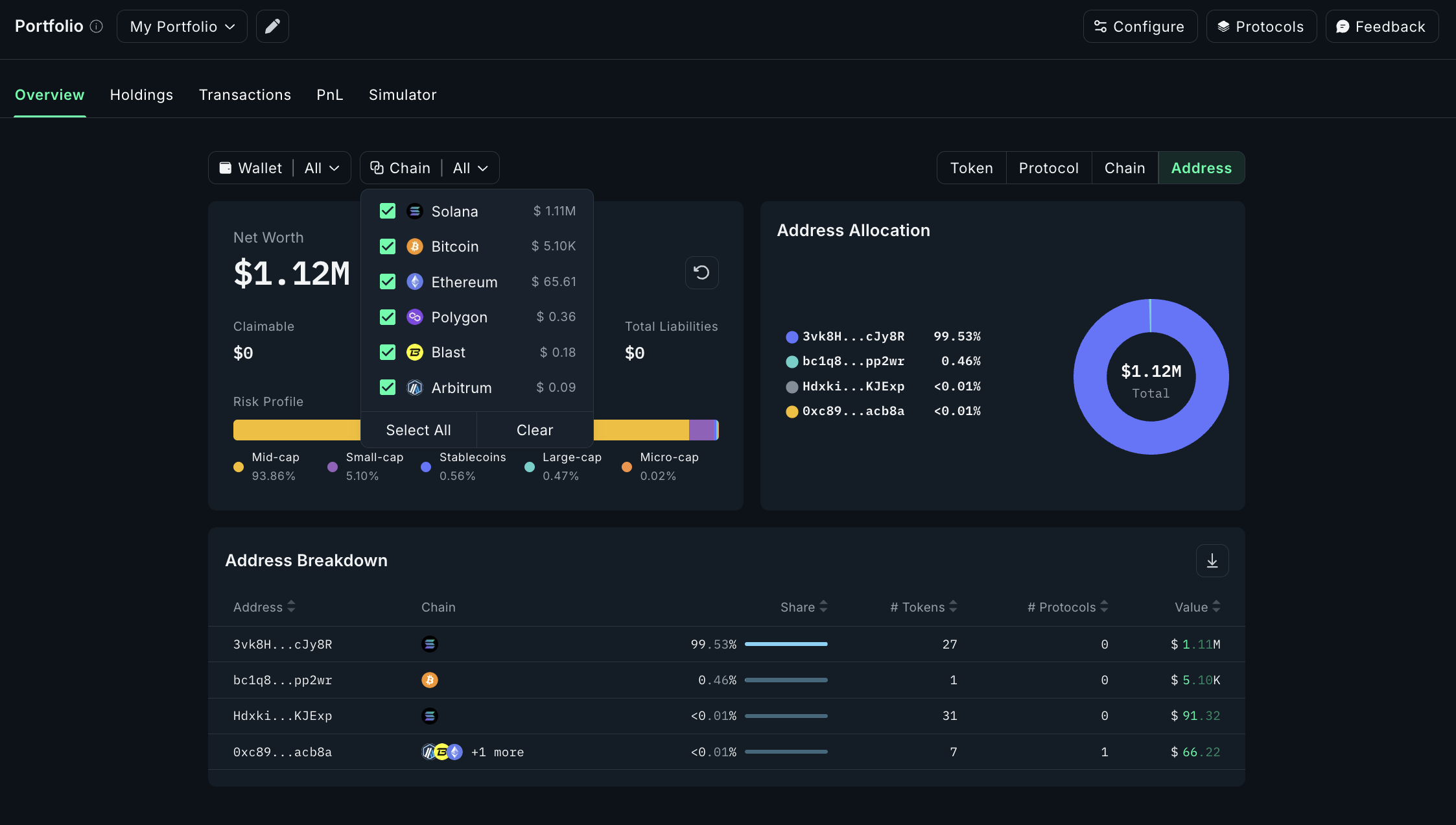
Unified Multi-Chain Asset Management: Next-gen wallets must offer a single dashboard to manage, track, and transact assets across 20+ blockchains. Platforms like PUM Exchange and Zelcore provide robust multi-chain support, streamlining portfolio oversight.
-
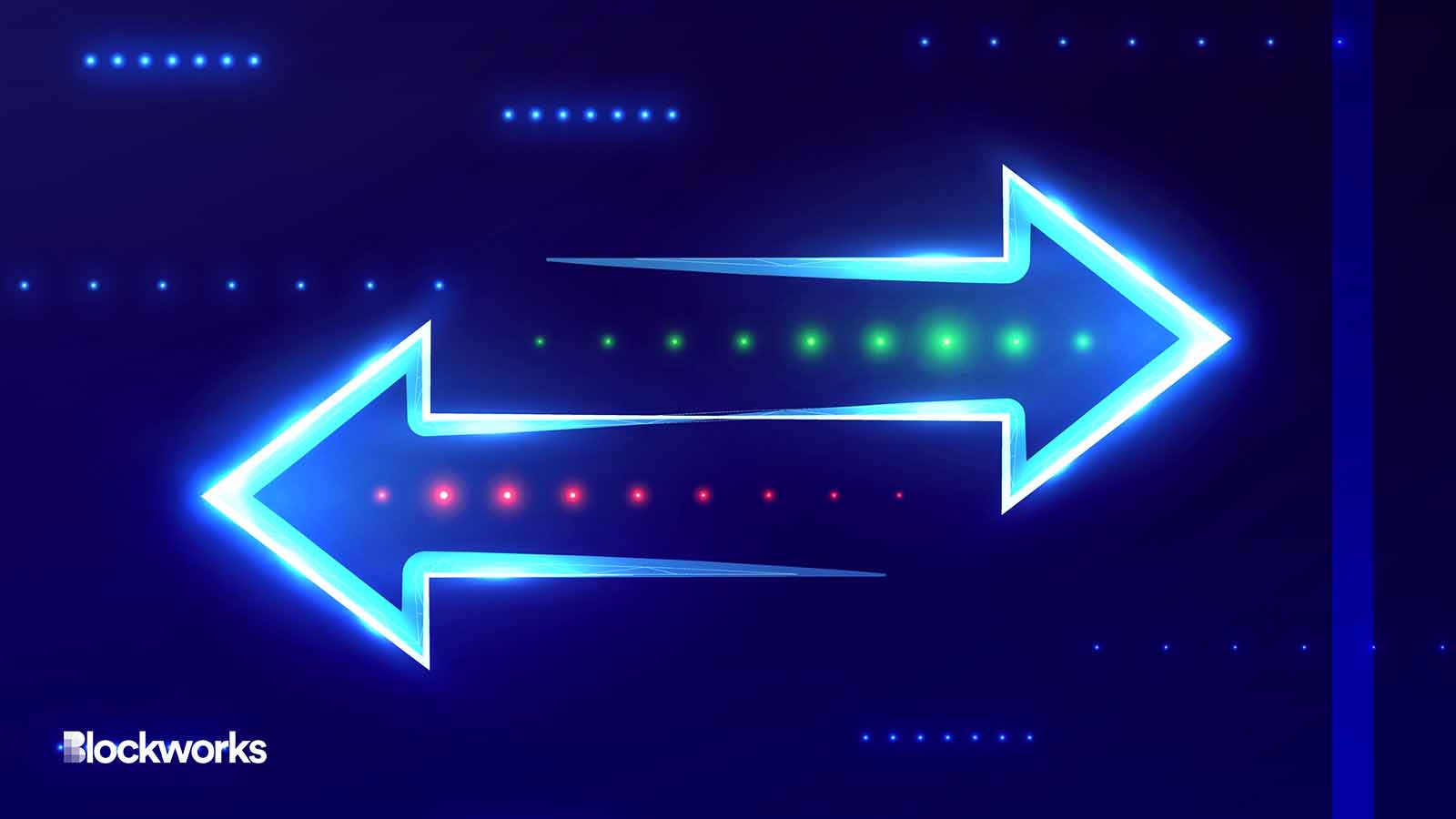
One-Click Transactions: Users increasingly demand frictionless, one-click swaps and transfers between chains. PancakeSwap and Chainflip have set new standards with instant, permissionless cross-chain swaps.
-
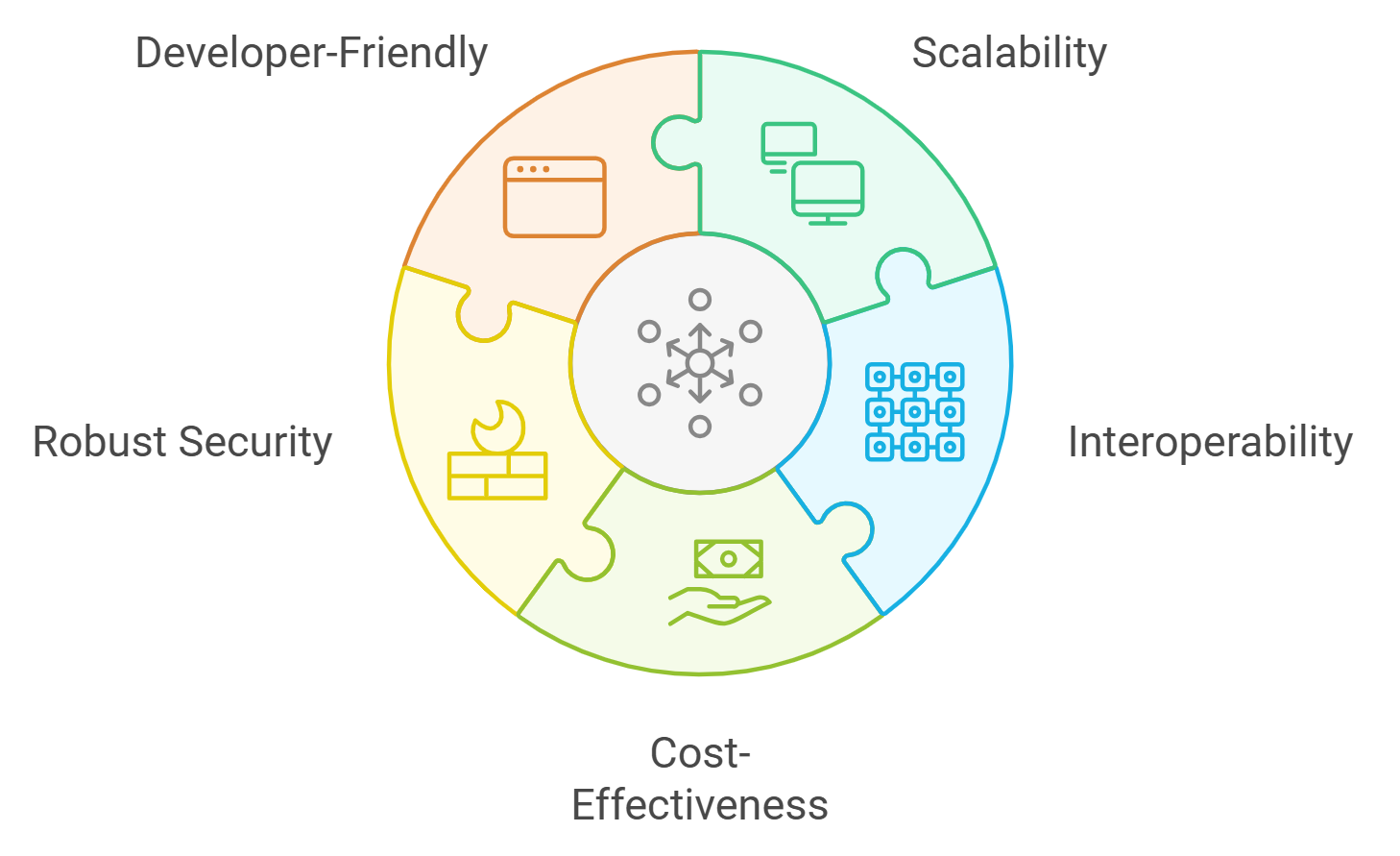
Smart Routing for Optimal Fees and Speed: Integrated smart routing algorithms help users find the most efficient transaction paths, lowering gas fees and improving transaction speeds. Wallets like Crypto.com DeFi Wallet leverage advanced routing to optimize user experience.
-

Support for Major and Emerging Blockchains: Users want wallets that keep pace with the expanding blockchain ecosystem, supporting both established networks (Ethereum, BNB Chain, Solana) and emerging chains (Arbitrum, Base, Polkadot). Zypto and PUM Exchange are notable for their broad chain compatibility.
Of course, challenges remain. Security is always a moving target, especially as cross-chain liquidity grows. Wallet providers must continue to invest in robust audits, decentralized custody solutions, and user education. Regulatory clarity will also shape the future landscape, as compliance requirements evolve in response to new cross-chain capabilities.
Nevertheless, the direction is clear. The fragmentation that once defined DeFi is being replaced by a unified, user-centric paradigm. For developers and innovators, the opportunity is to build on this foundation – creating tools and experiences that make decentralized finance accessible to billions. For users, the payoff is immediate: true ownership, seamless transactions, and the freedom to move assets anywhere, anytime, without friction.
“Chain abstraction isn’t just a technical milestone – it’s a user experience revolution. The wallets leading this movement are quietly redefining what’s possible for everyone in DeFi. “
If you’re ready to experience the next era of decentralized finance, explore how unified wallets are transforming the cross-chain DeFi user experience in 2025: how unified wallets are transforming cross-chain DeFi user experience in 2024.
